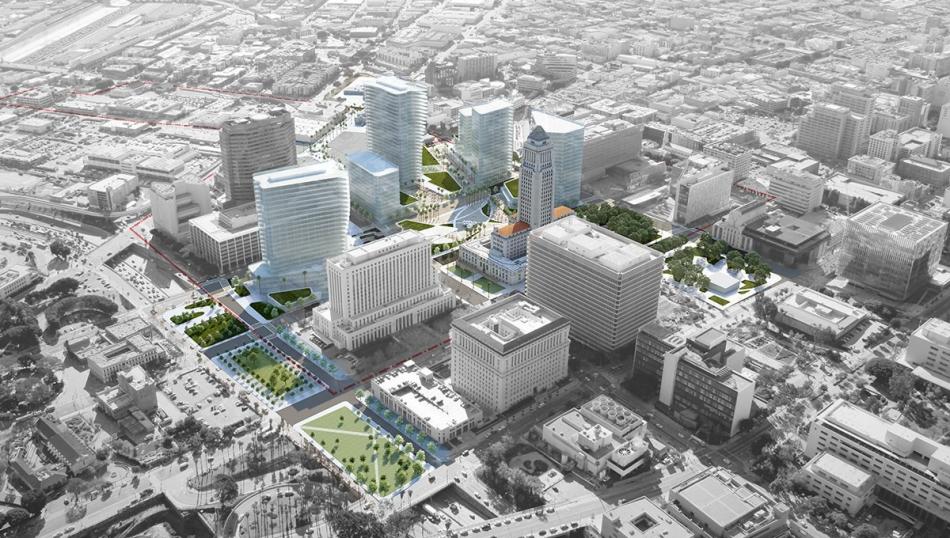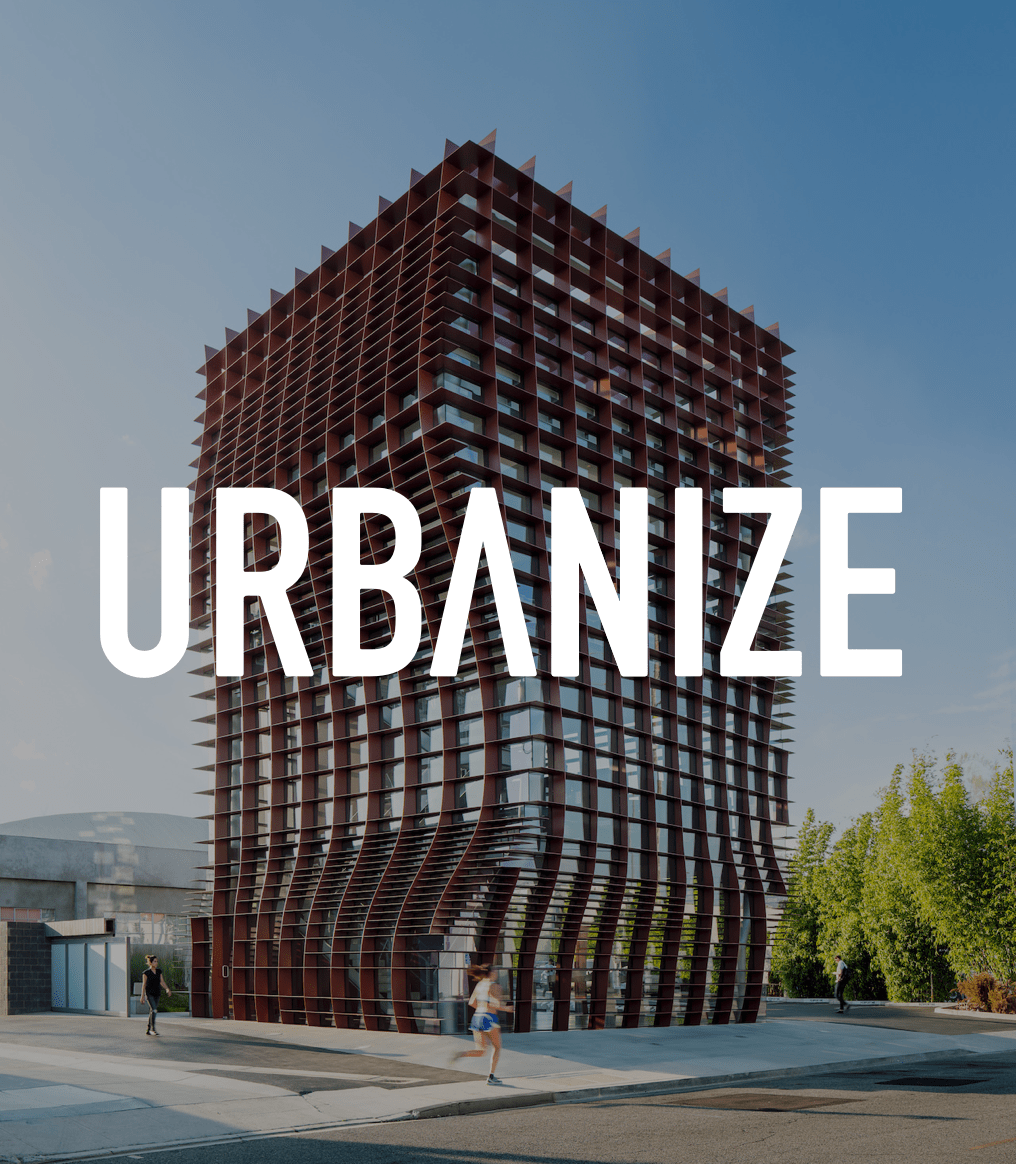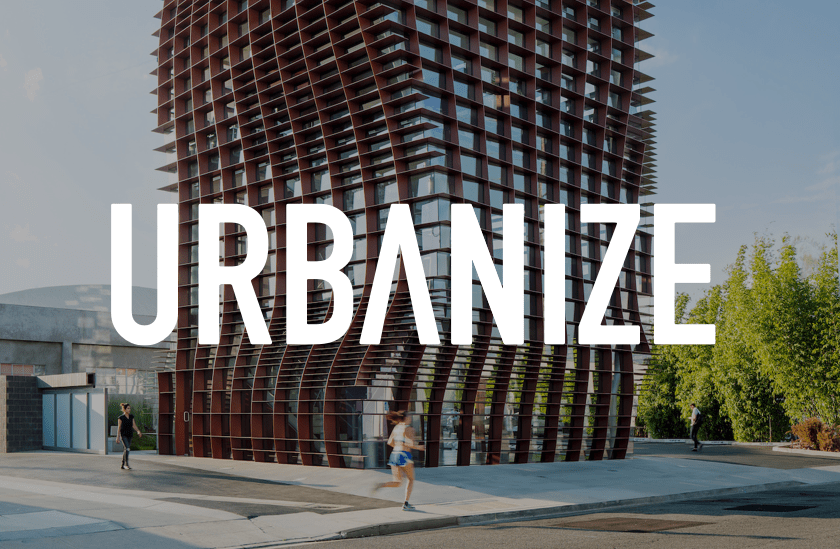Almost since its inception, City officials have been at a loss for how to make the Los Angeles Mall work.
In a motion introduced in 2009, then City Councilmember Janice Hahn proposed a new initiative to revitalize the shopping center, describing its appearance as "fragmented, dilapidated, and uninviting," with uneven walkways and poor lighting. This of course was not a revelation to anyone who had visited the space. Starting in the late 1980s, when the mall was less than 20 years old, the City contracted with outside consultants to look for ways to redevelop the mall and attract new tenants. Those efforts, as with the one put forth by Hahn in 2009, all fell by the wayside. Now, according to a recent report from the Municipal Facilities Committee, it may be impossible.
In reaching that conclusion, the Municipal Facilities Committee (citing a General Services Department report) points to continued low foot traffic in the area, as well as an inability to attract or retain food vendors to the mall, with one recent request for proposals receiving no responses. What remains for remaining tenants such as California Pita, Quiznos, and Hi Rise Goodies is a customer base consisting mostly of City employees.
Built in the early 1970s, the subterranean shopping center spans one-and-a-half blocks in the heart of the Civic Center, hemmed in by Los Angeles Street to the south and Spring Street to the north. It has long struggled to lure in customers, surrounded by government offices and courthouses that do not generate foot traffic outside of weekday business hours and a difficult-to-access below-grade location. But what was once a more gradual long-term decline has accelerated since the shutdowns and changes to office visits brought by the global pandemic in 2020. The mall's anchor tenant, a CVS, vacated its space during the pandemic, and other newer tenants have ceased operations.
Also cited by the General Services Department is the indefinite pause of the Civic Center master plan effort, which had called for redeveloping properties surrounding Los Angeles City Hall (including the Los Angeles Mall) by consolidating City offices and razing older buildings to create space for housing. Even under that concept, redevelopment of the mall could prove challenging due to the large subterranean parking structure built below the shopping area.
Likewise, the deteriorating physical condition of the mall and security in the surrounding area have been cited as problems, including leaks at more than 30 different locations between 2018 and 2025. Due to the lack of activity within the Mall, as well as its subterranean location, vandalism of the property has become more common in recent years. City officials have recently surrounded the mall with fencing, which the report indicates has reduced graffiti, and are planning to implement card readers to limit after-hours access to the property.
Beyond repairs to the property, the report suggests that the existing vacant retail space could be used to help address the City's financial woes by relocating certain departments or public-serving functions into the mall. This would allow the City to reduce its more than $38 million in annual lease obligations. Likewise, the report indicates that short-term plans call for installing new market umbrellas within the market to make its outdoor seating more appealing to visitors, and funding has been allocated for a new signage and wayfinding program for the property.
Follow us on social media:
Twitter / Facebook / LinkedIn / Threads / Instagram / Bluesky
- Downtown (Urbanize LA)







